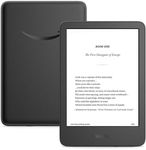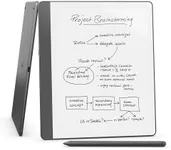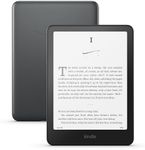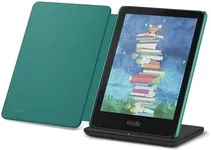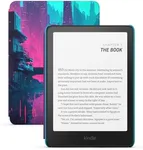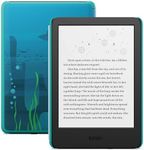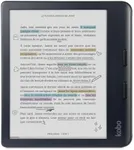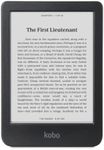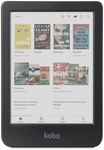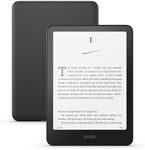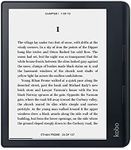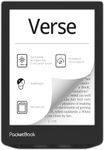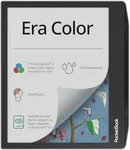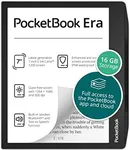Buying Guide for the Best E Readers
Choosing the right e-reader can greatly enhance your reading experience. E-readers are designed to provide a comfortable and convenient way to read digital books, magazines, and other content. When selecting an e-reader, it's important to consider several key specifications to ensure you get the best fit for your reading habits and preferences. Here are the main factors to consider when choosing an e-reader.Screen SizeScreen size refers to the diagonal measurement of the e-reader's display. This spec is important because it affects how much text fits on the screen and how portable the device is. E-readers typically range from 6 inches to 10 inches. Smaller screens (6-7 inches) are more portable and easier to hold with one hand, making them ideal for on-the-go reading. Larger screens (8-10 inches) provide more text per page and are better for reading graphic novels, PDFs, or other content with images. Choose a screen size based on your reading habits and whether you prioritize portability or a larger display.
Screen ResolutionScreen resolution is the number of pixels on the display, usually measured in pixels per inch (PPI). This spec is important because it affects the clarity and sharpness of the text and images. Higher resolution screens (300 PPI or more) provide crisper and more detailed text, which can reduce eye strain and make reading more enjoyable. Lower resolution screens (around 167 PPI) are still readable but may not be as sharp. If you read a lot or have sensitive eyes, a higher resolution screen is a better choice.
Battery LifeBattery life indicates how long the e-reader can operate on a single charge. This spec is important because it determines how often you'll need to recharge the device. E-readers typically have excellent battery life, often lasting several weeks on a single charge. However, the actual battery life can vary based on usage, screen brightness, and wireless connectivity. If you read frequently or travel often, look for an e-reader with longer battery life to minimize the need for recharging.
Storage CapacityStorage capacity refers to the amount of internal memory available for storing books and other content. This spec is important because it determines how many books you can keep on your e-reader at once. E-readers usually come with storage options ranging from 4GB to 32GB. A 4GB e-reader can hold thousands of books, which is sufficient for most users. However, if you plan to store a large number of graphic novels, PDFs, or audiobooks, you may want a device with more storage. Consider your reading habits and the types of content you plan to store when choosing the storage capacity.
ConnectivityConnectivity options include Wi-Fi and cellular connectivity. This spec is important because it affects how you download books and other content. Wi-Fi-only e-readers are typically less expensive and require a Wi-Fi connection to download content. E-readers with cellular connectivity allow you to download books from almost anywhere, which is convenient for frequent travelers or those without reliable Wi-Fi access. Choose a connectivity option based on your lifestyle and how often you need to download new content on the go.
LightingLighting refers to the built-in light source that allows you to read in low-light conditions. This spec is important because it affects your ability to read comfortably in different environments. Some e-readers have front-lit screens, which provide even lighting across the display and reduce glare. Others have adjustable color temperature, which can be easier on the eyes during nighttime reading. If you often read in dimly lit areas or at night, look for an e-reader with good lighting options to ensure a comfortable reading experience.
Water ResistanceWater resistance indicates whether the e-reader can withstand exposure to water. This spec is important for those who like to read near water, such as at the beach, by the pool, or in the bath. Water-resistant e-readers are designed to survive accidental splashes or brief submersion in water. If you plan to use your e-reader in environments where it might get wet, consider choosing a water-resistant model to protect your device from damage.
